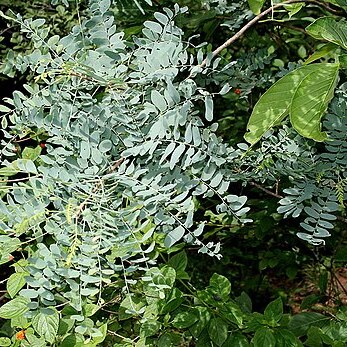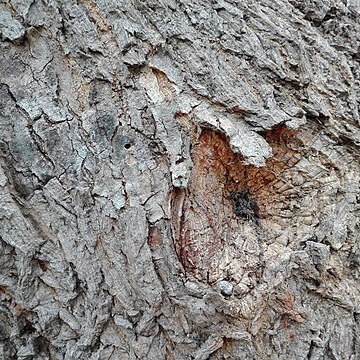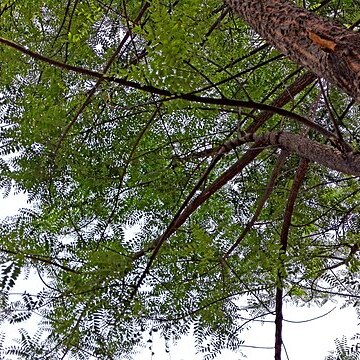Much-branched tree to 8 m. or more.. Leaves alternate, imparipinnate; leaflets 18–40, subopposite or alternate, oblong, asymmetric, 16–33 mm. long, obtuse, paler beneath.. Flowers in small pubescent panicles.. Fruit a capsule, oblong, ± 25 mm. long, coriaceous, loculicidally 3-valved.. Seeds winged.
From tropical Asia; is cultivated.




